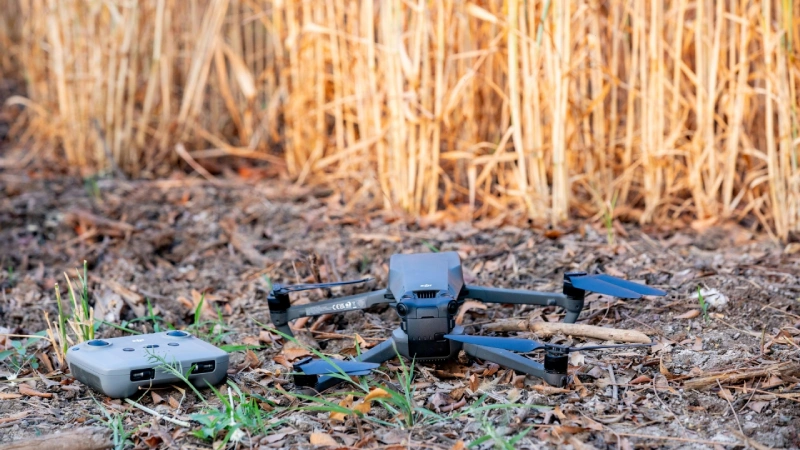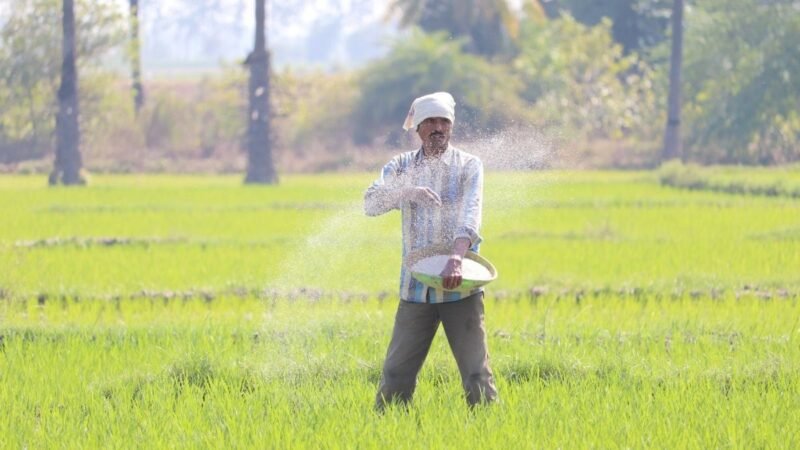The intersection of technology and agriculture, often called “smart farming,” is revolutionizing crop cultivation. The agricultural sector has undergone a significant transformation in recent years, driven mainly by technological advancements. Among these technologies, Robotics in Agriculture stands out as a pivotal force in reshaping farming practices.
Robotics in agriculture is revolutionizing traditional methods, enhancing productivity, reducing labor costs, and promoting sustainable farming practices. The integration of robotics into agriculture, known as smart farming, leverages automation, data analytics, and precision techniques to optimize operations and improve yields. This essay explores how robotics is transforming agriculture and outlines best practices for adopting these technologies in smart farming.
The Role of Robotics in Smart Farming

Robotics in agriculture encompasses a wide range of applications, from autonomous tractors and drones to precision planting and harvesting machines. These technologies offer several advantages, including:
- Increased Efficiency: Robotic systems can work tirelessly, reducing labor costs and increasing productivity. Autonomous equipment can operate 24/7, maximizing planting and harvesting windows.
- Improved Precision: Robotics enables precise control over agricultural operations, leading to optimized resource utilization. For example, drones can monitor crop health and identify areas requiring targeted fertilization or pest control.
- Enhanced Data Collection: Robotics generates vast amounts of data, providing valuable insights for decision-making. This data can be used to optimize crop management practices, improve yields, and reduce environmental impact.
- Reduced Environmental Impact: Robotics can contribute to sustainable agriculture by minimizing the use of pesticides and fertilizers. Precision farming techniques, enabled by robotics, can target inputs to specific areas, reducing waste and protecting the environment.

One of the most significant impacts of robotics in agriculture is the reduction in labor costs. Agricultural labor shortages are a growing concern globally, especially in regions where the aging population or migration has reduced the available workforce. Robots can help bridge this gap by performing tasks that were once dependent on human labor, such as fruit picking, weeding, and crop spraying. For example, the use of autonomous tractors and robotic harvesters enables farmers to maintain high productivity levels even during labor shortages.
Moreover, robotics enhances the precision and accuracy of farming practices. Unlike humans, robots can perform repetitive tasks with minimal error, leading to less waste and better resource management. For instance, precision agriculture robots can target specific areas of a field for irrigation or pesticide application, reducing the use of water and chemicals, which benefits both the environment and the farmer’s bottom line.
Key Areas of Robotics Application in Agriculture
- Planting and Seeding: Robots equipped with sensors and GPS technology can plant seeds at optimal depths and distances, ensuring uniform crop distribution. This leads to higher yields and minimizes the need for replanting.
- Weeding and Crop Management: Weeding robots use cameras and machine learning algorithms to identify and remove weeds without damaging the crops. This reduces the reliance on herbicides, promoting sustainable farming practices.
- Harvesting: Robotic harvesters, equipped with advanced sensors, can pick delicate fruits and vegetables like strawberries and tomatoes without bruising them, ensuring quality produce.

- Livestock Monitoring: Robotics is also transforming livestock farming. Automated systems can monitor animal health, track feeding patterns, and even manage milking. These systems help farmers optimize livestock management and improve animal welfare.
- Drones and Aerial Robotics: Drones are increasingly being used to monitor large areas of farmland from the sky. They provide real-time data on crop health, soil conditions, and irrigation needs, helping farmers make informed decisions.
Case Studies and Future Trends
Several successful case studies demonstrate the potential of robotics in agriculture. For instance, autonomous tractors are being used on large-scale farms to improve efficiency and reduce labor costs. Drone technology is being employed for tasks such as crop monitoring, pest control, and precision spraying.
As technology continues to advance, we can expect to see even more innovative robotic solutions emerging in agriculture. Examples include collaborative robots (cobots) for tasks like harvesting and weeding, and artificial intelligence AI)- powered systems for autonomous decision-making and predictive analytics.
Conclusion
Robotics is undoubtedly transforming agriculture, offering new possibilities for improving productivity, efficiency, and sustainability in farming. By automating labor-intensive tasks and enabling precision farming, robotics reduces costs, enhances yields, and promotes environmentally friendly practices. However, to fully realize the potential of robotics in agriculture, farmers must adopt best practices such as data-driven decision-making, resource efficiency, and proper training.